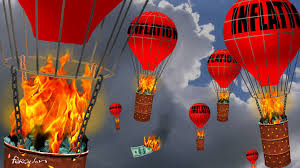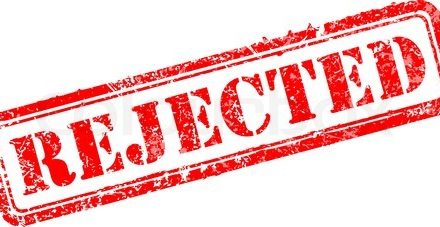In January of 2019 inflation in Zimbabwe was recorded at 56.9%. This placed our inflation at the highest in Africa and the second in the world to Venezuela. Inflation to be announced on the 15th of April is expected to come in at 70% by www.tradingeconomics.com forecasts. While all this is happening salaries and wages of Zimbabweans have not moved or moved very little.
The government of Zimbabwe recently attempted to sell a cost of living increase which gave civil servants increases of 13 to 29% depending on their level. Last months year on year inflation figure came in at 59.7%. No surprises then that there are murmurings of discontent with the increase. When teachers went on strike they were demanding salaries of ZWL$3000 (then bond).
Zimbabwe’s inflation misnomer
To understand Zimbabwe’s inflation we have to look a little deeper into the source of it. The graph below shows the inflation rate during the dollarisation years (2009-2014), the bond years (2014-2018) and the current RTGS dollar era. Our prices in US dollar terms are constant if not deflating. Our problem is the measure we use, our currency pseudo or otherwise depreciates and tends to do so rapidly.

Zimbabwe Inflation Rate
In free market economies, it is normal for prices to be free while labour costs tend to be sticky. Prices increase gradually while wages and salaries may do so only once a year. Our economic model’s tendency to focus on prices should have taught us at least one very important lesson by now; you cannot hope to control them. The world has changed, abnormally so. I don’t believe there was ever a time where controlling prices really worked. Black markets are a symptom of market inefficiency; when a market fails to serve its participants properly a black market emerges.

Zimbabwe GDP per capita
The wealth of an economy is measured by GDP in general and GDP per capita specifically. The above GDP per capita graph was produced using US dollars as a unit of account (at 1:1), with the switch to RTGS dollars for this years figures you can expect this to decline, perhaps even sharply. That’s how we should measure how well our economy is doing; salary levels. After applying the cost of living adjustment the lowest paid government employee would earn approximately ZWL$320. On the interbank market that’s just over US$100 while at the accessible parallel market rate that’s US$72. This increment will leave the civil servant worse of than they were when industrial action started as at then their wages were estimated at the equivalent of US$80.
Deflation quandary
While inflation has become the mortal enemy of every Zimbabwean there is something to fear much more than it; deflation. In real value terms (US dollar) our economy is experiencing deflation. Prices dropping. In the small picture, those with access to earnings in US dollars would have cause to celebrate deflation. Deflation, however, is a scourge that is hard to fight. Deflation is characterized by goods and services being cheaper tomorrow than they are today. This means that there is no real incentive for you to be paid more, as not only costs but also revenue are steadily declining. This is Zimbabwe’s real quandary. Real wage deflation.
Sometimes a little perspective is important; one man’s price increase is another woman’s salary increase, or at least it should be. The prevailing environment is also a problem for all involved. While doing research for my cake-making business article I noticed how none of the people in other countries had to consider what I thought was the first thing a Zimbabwean would have to consider, buying a gas oven because of the erratic power supply. These and many challenges we face are caused by poor and inconsistent policies. Every problem has a solution, just as our inflation and wages one does. It’s a matter of what we are willing to do as a nation that determines how well we can deal with the problem.
The effects of continued inflation against unadjusted incomes will surely put a dent ion one of the major goals of minister Mthuli Ncube’s Transitional Stabilisation Program; achieving a middle-income economy by 2030. Indicators are already suggesting a reduction in aggregate demand due to thinly spread disposable incomes, where they still exist. The economy is greatly out of balance and policy needs to protect the interests of businesses and consumers.








